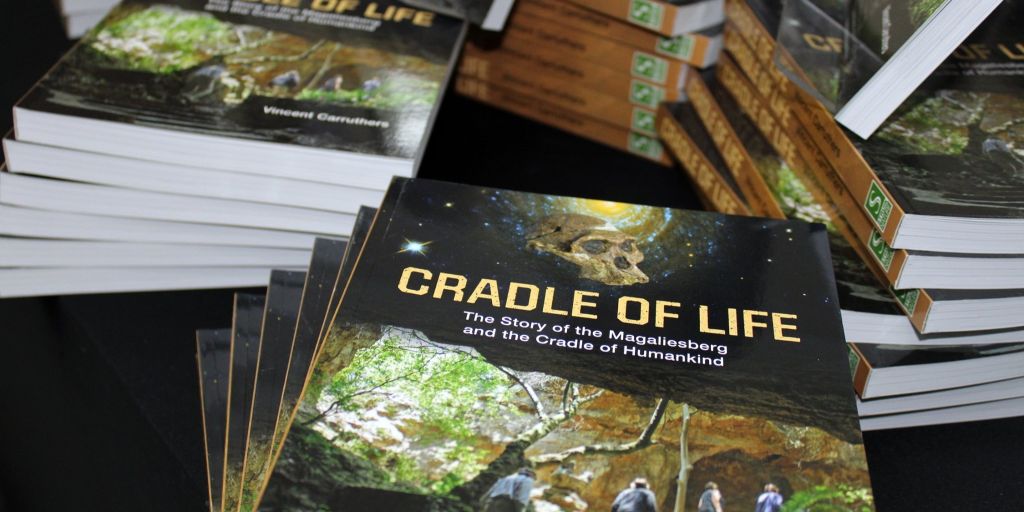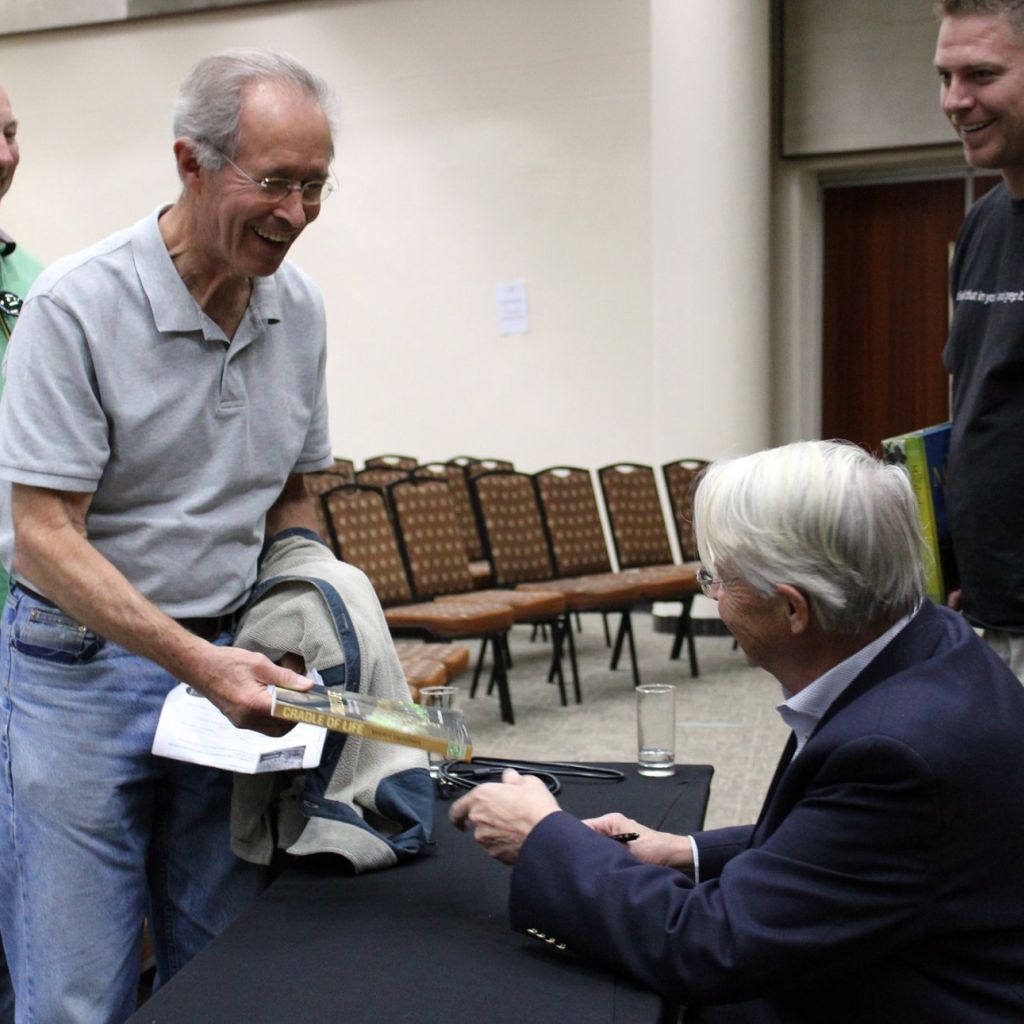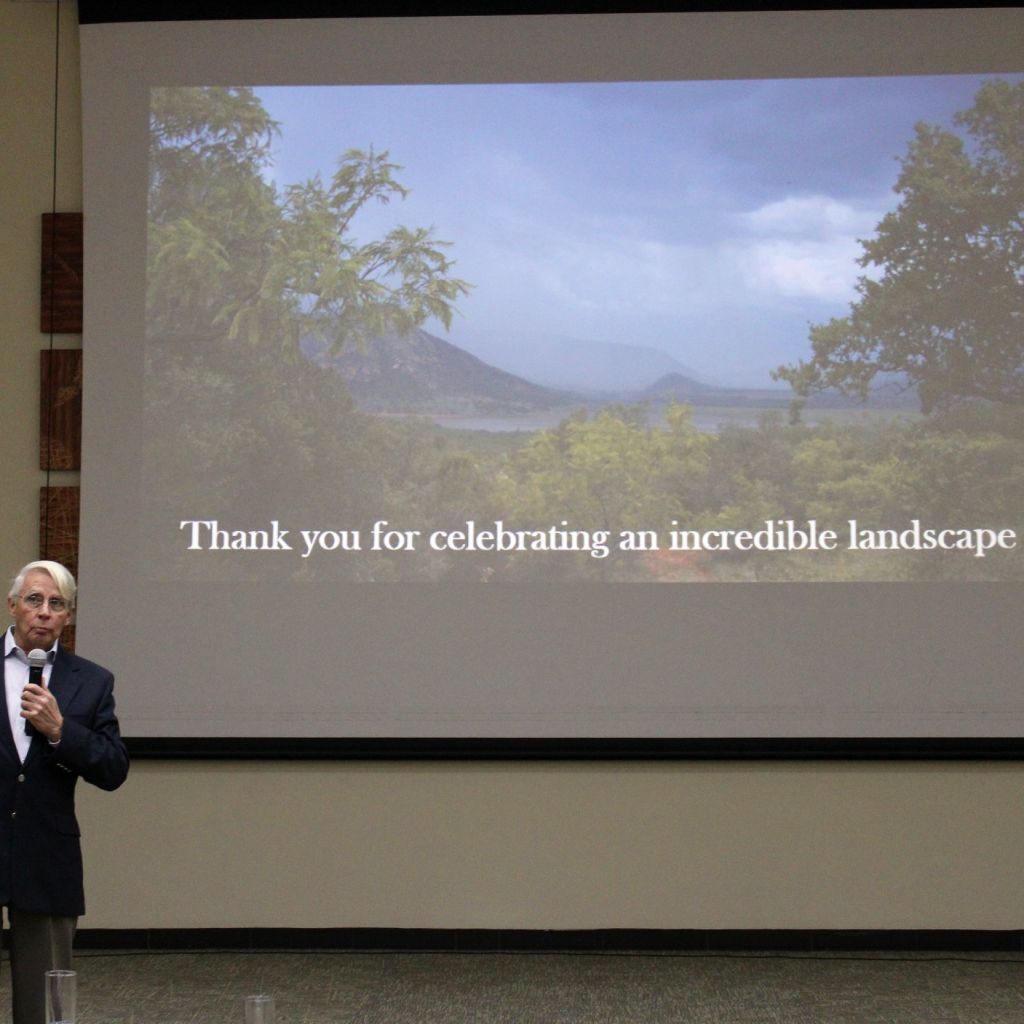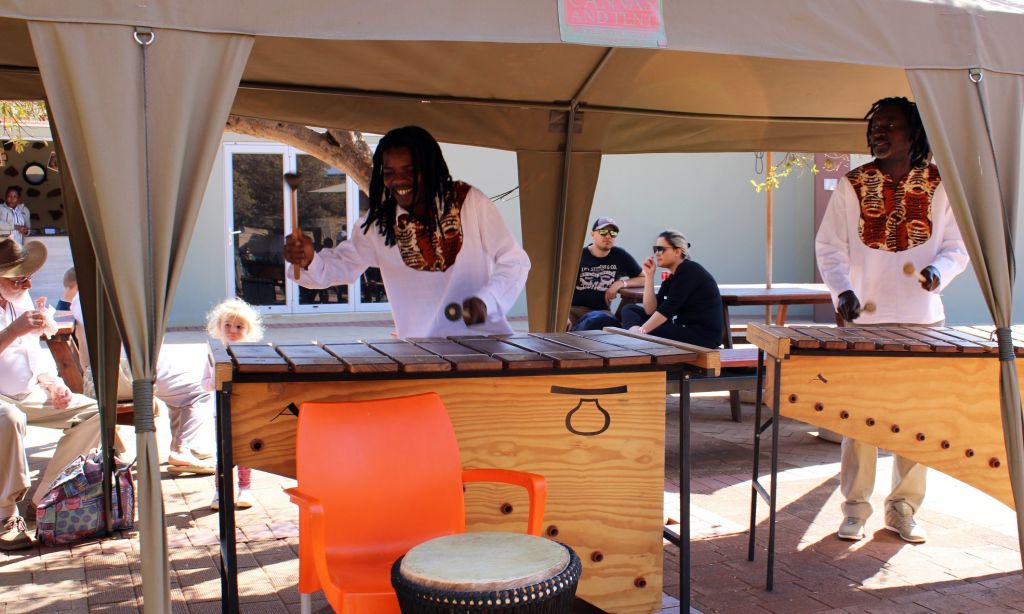‘The most amazing landscape in the world’: celebrating the ‘Cradle of Life’
All South Africans should celebrate the Cradle of Humankind World Heritage Site, because it is one of the only sites in the world that tells the entire story of life. Renowned environmentalist Vincent Carruthers made this point during the recent launch of his much-anticipated new book, Cradle of Life: The Story of the Magaliesberg and the Cradle of Humankind.
“It’s the most amazing landscape in the world and I mean that quite literally,” Carruthers said at the launch, held at the Maropeng Visitor Centre.
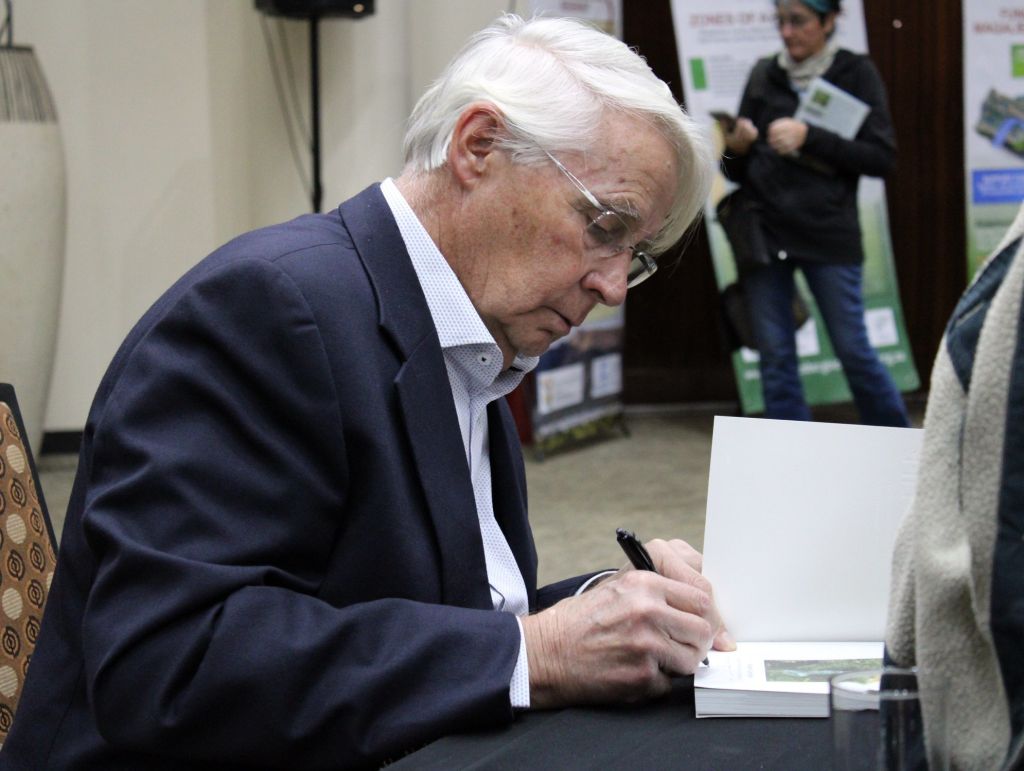
“It’s here on [this] landscape that is written the entire story of life, and I don’t only mean human life. It can be traced from the beginning of the universe through to modern times, through our own history – through everything we see in the landscape itself.”
This long view of history was complemented by insightful presentations by two experts, Amanda Esterhuysen, associate professor of archaeology at the University of the Witwatersrand, and Marion West, a researcher at the Hartebeesthoek Radio Astronomy Observatory.
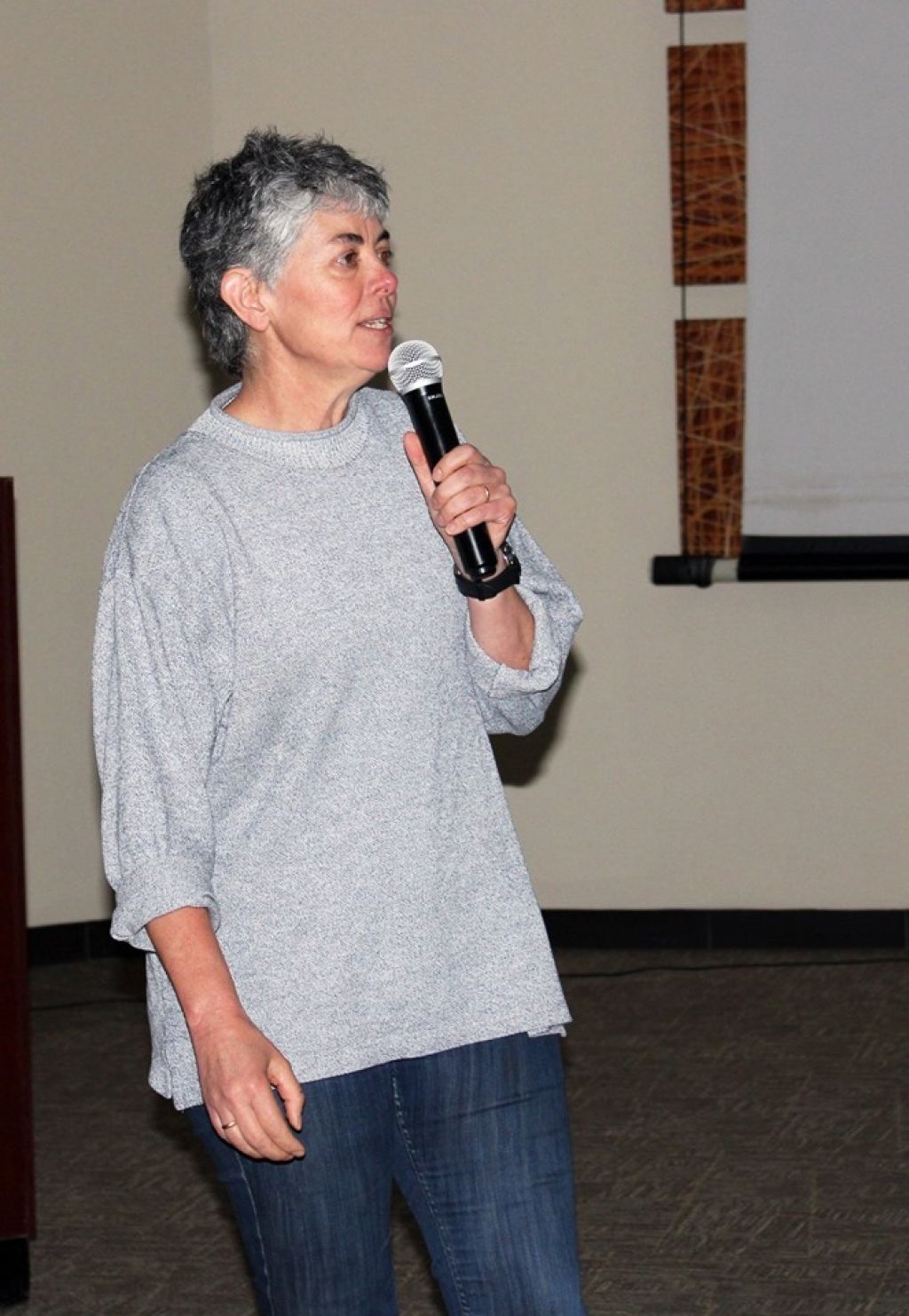
Esterhuysen took the audience through some of the amazing fossil finds that have made the Cradle of Humankind world famous. West, meanwhile, delved into the mysteries of the universe, talking about her experience of exploring deep space through advanced telescopes and detailed calculations.
Newly appointed Maropeng curator Keneiloe Molopyane praised Carruthers’ new book. “It’s amazing as it takes you through the archaeology of [the Cradle of Humankind] right down to the environmental stuff. It’s really well written and well thought out,” she said.
“It’s a spectacular book,” agreed Maropeng managing director Michael Worsnip. “It tells you everything you want to know, not only about the Cradle of Humankind, but about the wider biosphere that extends right up to Rustenburg.”
The book, Worsnip said, also makes a strong argument for the conservation of the Cradle of Humankind World Heritage Site, and the preservation of the archaeological treasures discovered there.
“The Cradle of Humankind is in a sense part of a greater whole. Caves have protected these fossils for almost three million years. And so, if we don’t protect the broad biosphere, we don’t protect the skulls and we don’t protect our history. This is our journey as a species, which is being recorded and which Vincent has brought out [in] this wonderful book.
